Patio vegetable garden ideas – 5 ways to grow your own in small outdoor living spaces
It's easy to transform your patio into a heavenly kitchen garden


Patios serve a number of purposes in a backyard, from a space for relaxation to outdoor dining with loved ones, and increasingly gardeners are finding creative ways to incorporate planting into these spaces.
There are many reasons why you might want to include a kitchen garden on your patio. Not only does it make the most of the outdoor space you have, but it also places crops closer to the kitchen where you will cook with them. Plus, it enhances your outdoor living space with fragrance and ornamental edibles.
If the idea of stepping out of your back door into a vegetable garden sounds dreamy, but you're not sure where to get started, look no further. I've spoken to garden experts to find out how to create a patio vegetable garden and, here, they have shared their favorite ways to achieve this.
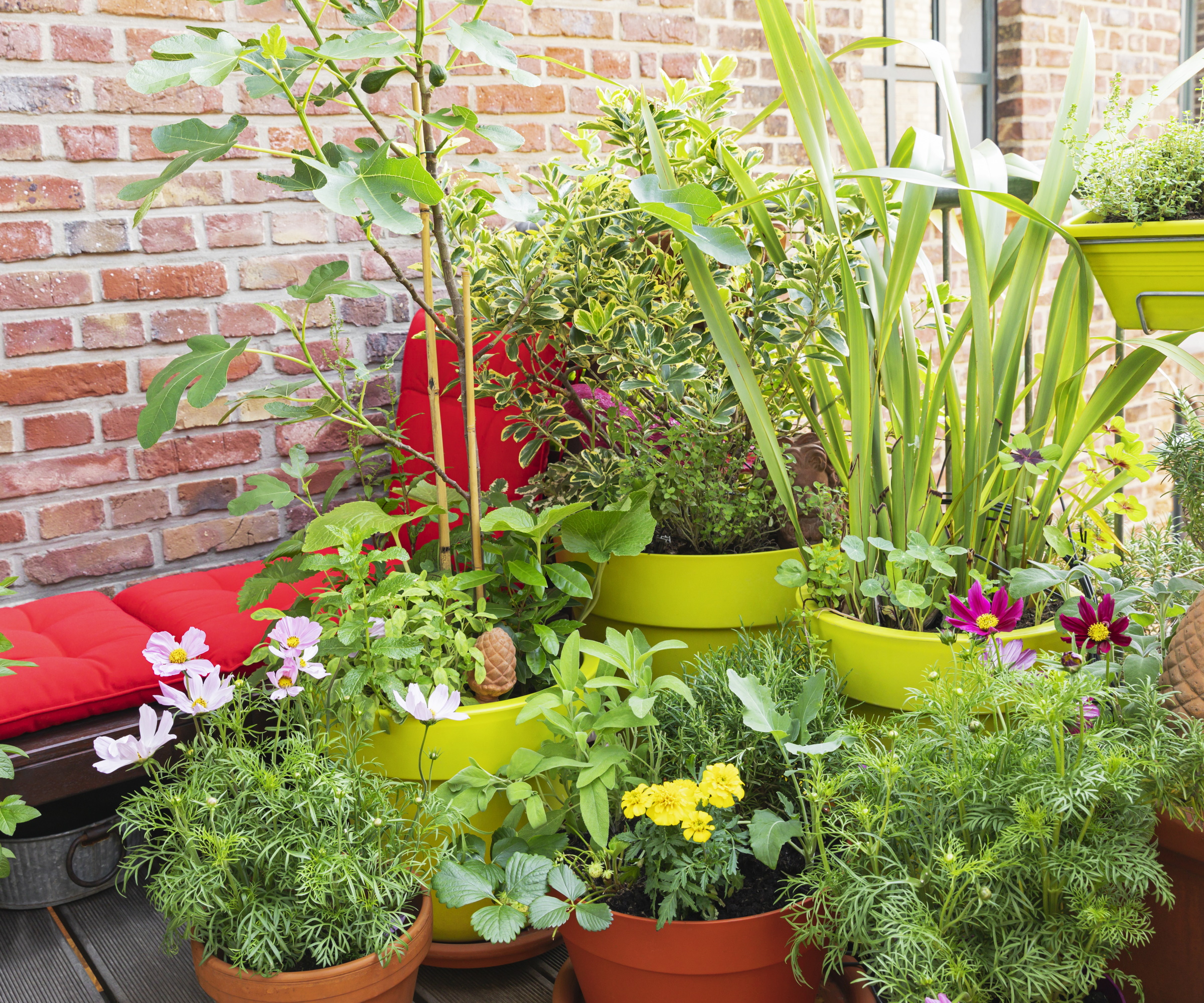
5 inspiring patio vegetable garden ideas
If a patio area is the only outdoor space you have, or perhaps you're just looking for ways to add a unique touch to this space in your backyard, consider turning it into a vegetable garden that can still be used as a space for socializing. I've compiled a list of creative ways to make a patio vegetable garden, with insights from garden experts.
1. Invest in raised beds
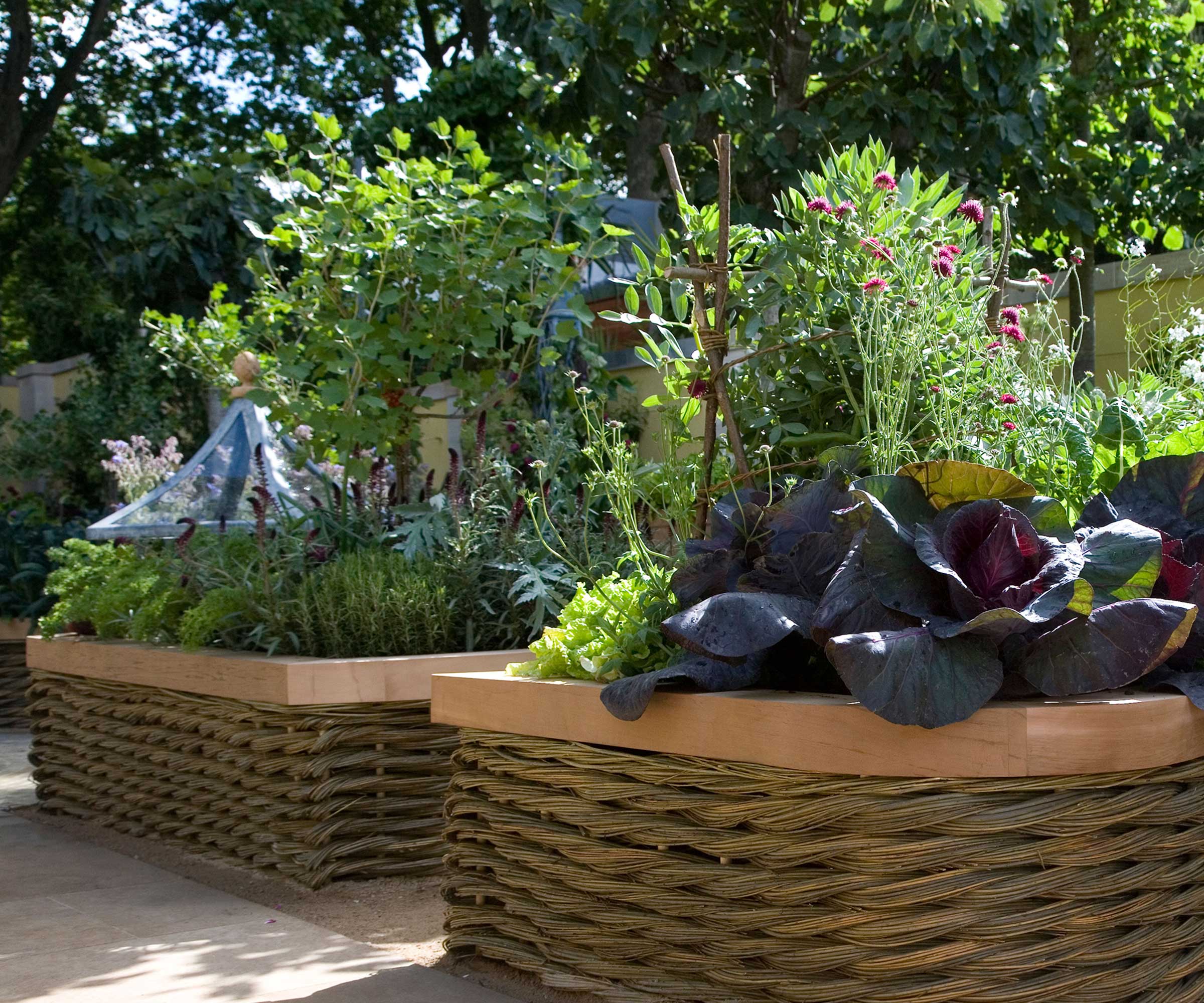
The first place to start with creating a patio vegetable garden with very little effort is by placing raised beds on your patio. There are so many types of raised beds to choose from and they can be used in a number of ways to suit your space.
'There are plenty of different sizes available. You want these to be at waist height so there's no need to bend over when tending to them,' says Annette Hird, expert gardener at Easy Urban Gardens. 'Make sure you use premium potting mix for these and keep them well watered but also allow for drainage. Automated watering systems work well for these,' she adds.
You can, of course, also choose to use a DIY raised bed alternative if you're looking for a more affordable option or a fun weekend garden project.
'You can construct a garden bed on nearly any lot size, making them a great option for almost any homeowner,' says Joe Raboine, construction and outdoor living expert at Belgard. 'When building a raised bed, you have the option to build directly on the ground or use some type of elevated container,' he adds.
Whether you're planning to invest in the best Amazon raised bed planters, like this galvanized raised bed planter from Amazon, or build your own from repurposed materials, having a raised bed on a patio is an easy option for growing crops.
You can even use raised beds to section your patio, using them as walls for seating areas to create a feeling of being immersed in planting when relaxing in your patio space.

In his current role, Joe oversees the Belgard Residential Program. Joe strives to promote the idea that outdoor living is not only a good investment for homeowners but can also fundamentally change lives for the better by bringing people together. Joe started his career as a contractor over 25 years ago.

Annette Hird has an Associate Diploma in Horticulture and is an urban gardening expert. She has worked as a professional propagator and managed, maintained and improved many urban and rural gardens. She also enjoys growing her own fruit, vegetables, herbs and flowers as well as many different types of ornamental plants.
2. Include herb planters for fragrance
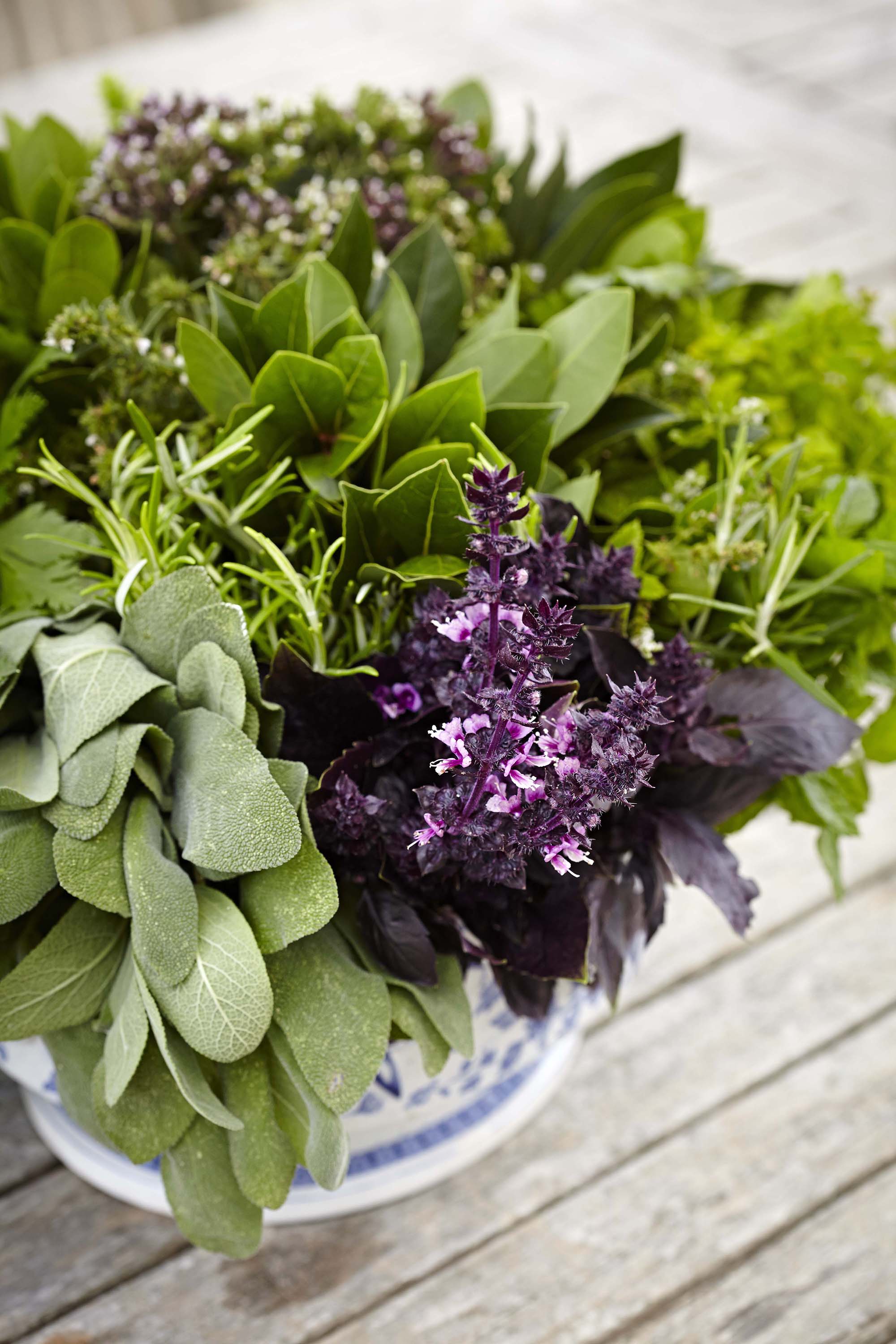
There are so many plants to make your patio smell nice, and among those are aromatic herbs that are also a delicious addition to your kitchen garden. While technically not vegetables, adding herbs to your vegetable garden is a great way to uplift it - plus, they'll be great to cook with your homegrown veggies.
'Placing pots of herbs around seating areas is an excellent way to enjoy their fragrances,' says Kathi Rodgers, CEO of Oak Hill Homestead. 'Pots of herbs with floral, woody and earthy scents, such as rosemary, thyme, basil and mint, placed together will create a delightfully fragrant combination,' she suggests.
The good news is that there is no right way to create a herb planter, so you can personalize it with any combination of your favorite herbs.
Just make sure to choose herbs that will grow well in your US hardiness zone so that you can create a herb garden that will thrive. You should also take into account things like how much patio shade you have. 'For shadier spots, choose herbs such as mint as this does not require full sun,' says Annette.

Kathi Rodgers is the CEO and writer at Oak Hill Homestead and the voice behind HOMEGROWN: Your Backyard Garden Podcast. Founded in 2006, Oak Hill Homestead is where Kathi teaches new gardeners, goat owners and folks interested in living a more self-reliant life how to dig in and grow their dreams.
3. Create a vegetable patch patio border
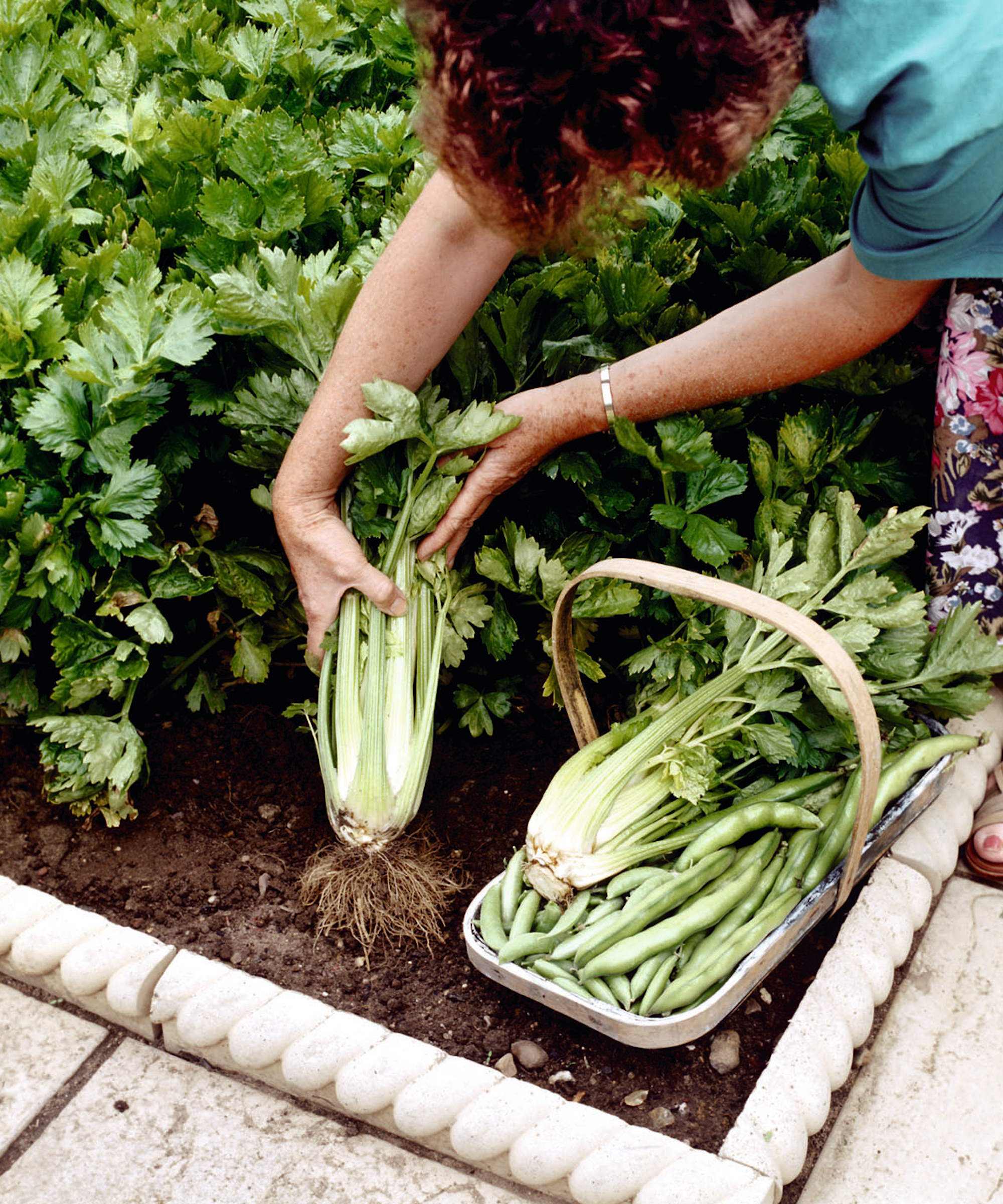
For gardeners wanting a more permanent addition to their patio, you can dedicate patio borders to vegetables and create your own veggie patch alongside your patio area. This can create a neater look, while still creating an immersive planting feel.
'Vegetables and herbs can create a beautifully defined edge for an outdoor area. It can be quite practical and cost-effective to outline the patio garden with these edible plants,' says Joe. 'Chamomile and thyme are low-growing and hardy, which is ideal if you have pets or children who might be prone to stepping on your plantings,' he suggests.
As Joe notes, it's wise to be careful with what you plant in patio borders if you have curious and playful children and pets who may find their way into borders. Nevertheless, this is a beautiful garden edging idea for incorporating edibles in your patio space.
Depending on the crops you want to grow or the look you want to achieve, you may choose tall crops, like climbing beans and peas for height, or low-growing crops. 'Micro tomato plants are rather new on the market. They produce small tomatoes on a plant that is usually less than two feet tall,' says Kathi.
This is also a great place to try growing the easiest vegetables if you want children to get involved.
4. Use vertical space

Something to consider if you're working with a small patio is using your vertical space. Vertical gardening is a great way to maximise the space you have and there are so many ways to do it.
'Many different vegetables can be grown in hanging pots such as cucumbers, lettuce, spinach and other greens,' says Annette. 'You can also utilize the many different types of vertical planters that are now available either to attach to a fence or wall or as free-standing versions,' she adds.
Try growing zucchini vertically, growing squash vertically or even growing cucumbers vertically. You can create a vertical garden in any way that suits your space - such as using this stacking vertical wall planter from Amazon.
You can even opt to grow climbing vegetables on a vegetable garden trellis to create vertical green walls on your patio. 'Vining plants are a great choice for this, such as squash, small melons and pole beans,' says Kathi.
5. Grow vegetables in containers
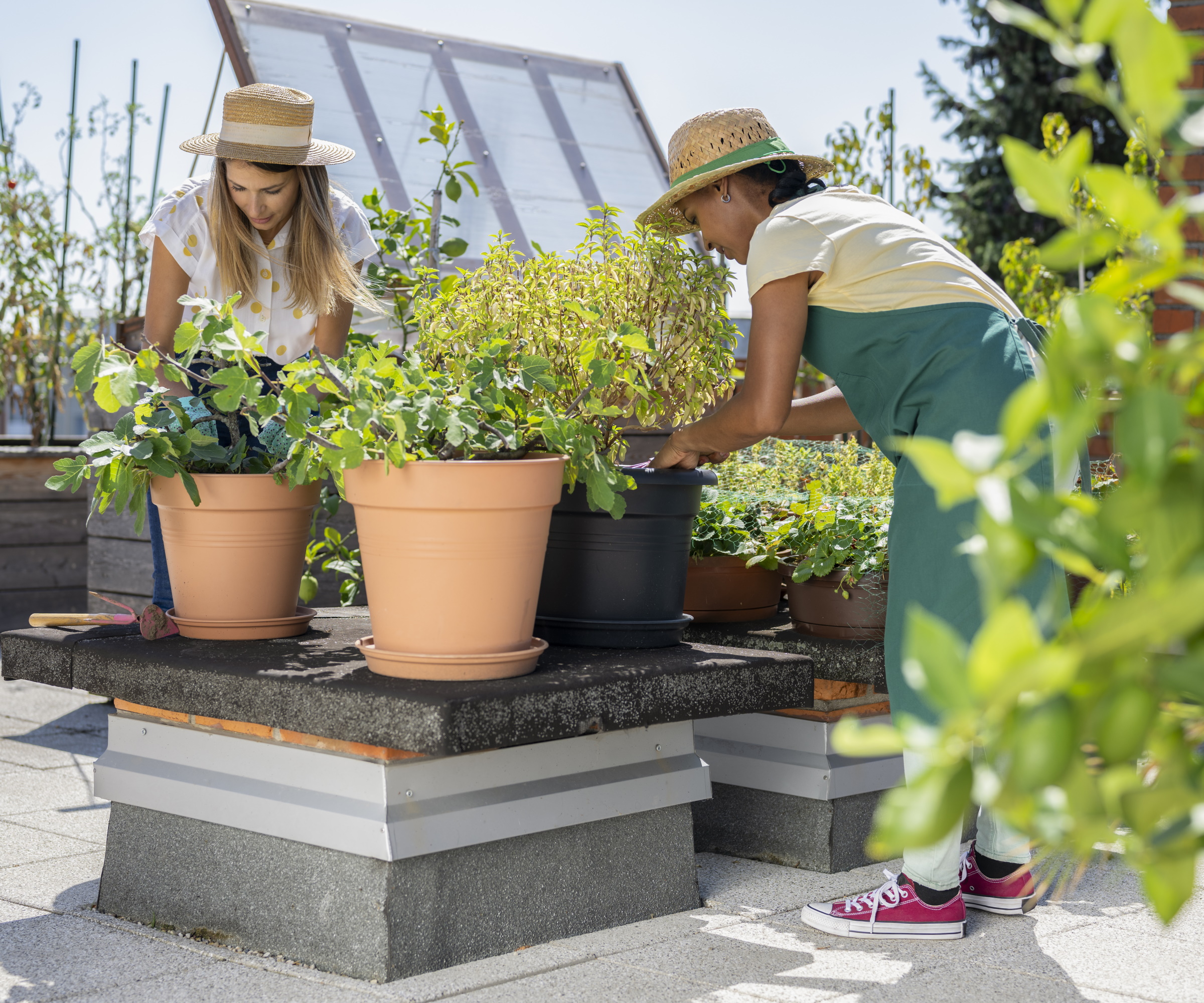
Of course, a simple and quick way to have a patio vegetable garden is just by growing crops in containers. Not all vegetables will be able to grow in pots, however, but there are so many tasty ones that do.
'Container gardening is popular for those who may have limited space, poor soil conditions, and even those who may want to garden in a balcony environment,' says Joe. Lots of inspiration can be taken from balcony vegetable gardens and balcony herb gardens when creating a
vegetable container garden on your patio.
'For growing vegetables in containers, you can either use large pots or grow bags. But, you need to ensure these are kept well-watered as the soil will dry out fairly quickly,' says Annette. 'Also, look at how much sun the area gets and position the plants according to their needs,' she adds.
Try some of the best vegetables to grow in pots on your patio to instantly get that feel of a patio kitchen garden. To take it one step further and to achieve a Mediterranean patio, try using terracotta planters and grow drought-tolerant vegetables.
A container vegetable garden on your patio is also a wise option for gardening in a rental property so that you can easily move your planters as needed.
FAQs
What are the easiest vegetables to grow in pots?
If you're planning a kitchen garden in a limited outdoor space, like a patio or balcony, you might opt for growing in pots. Not all vegetables will grow well in containers, but there are still plenty that will. The easiest vegetables to grow in pots include growing potatoes in a container, growing carrots in containers and growing cucumbers in pots.
Choosing to grow vegetables on your patio is a brilliant way to unite planting with hard landscaping, and enhance your outdoor living space with beautiful and fragrant edible plants.
Once you have your patio vegetable garden set up, it can be wise to think about companion planting to protect your crops from different pests and diseases. Marigolds are popular in vegetable gardens because they naturally deter a number of insects and other pests.
Sign up to the Homes & Gardens newsletter
Design expertise in your inbox – from inspiring decorating ideas and beautiful celebrity homes to practical gardening advice and shopping round-ups.

Tenielle is a Gardens News Writer at Homes & Gardens. She holds a qualification in MA Magazine Journalism and has over six years of journalistic experience. Before coming to Homes & Gardens, Tenielle was in the editorial department at the Royal Horticultural Society and worked on The Garden magazine. As our in-house houseplant expert, Tenielle writes on a range of solutions to houseplant problems, as well as other 'how to' guides, inspiring garden projects, and the latest gardening news. When she isn't writing, Tenielle can be found propagating her ever-growing collection of indoor plants, helping others overcome common houseplant pests and diseases, volunteering at a local gardening club, and attending gardening workshops, like a composting masterclass.
-
 My grandma's 'chimney effect' bedroom cooling trick brought goose-pimple inducing relief to help me sleep on the hottest nights in Iran
My grandma's 'chimney effect' bedroom cooling trick brought goose-pimple inducing relief to help me sleep on the hottest nights in IranUse air pressure and temperature differentials to your benefit and beat the heat
By Punteha van Terheyden
-
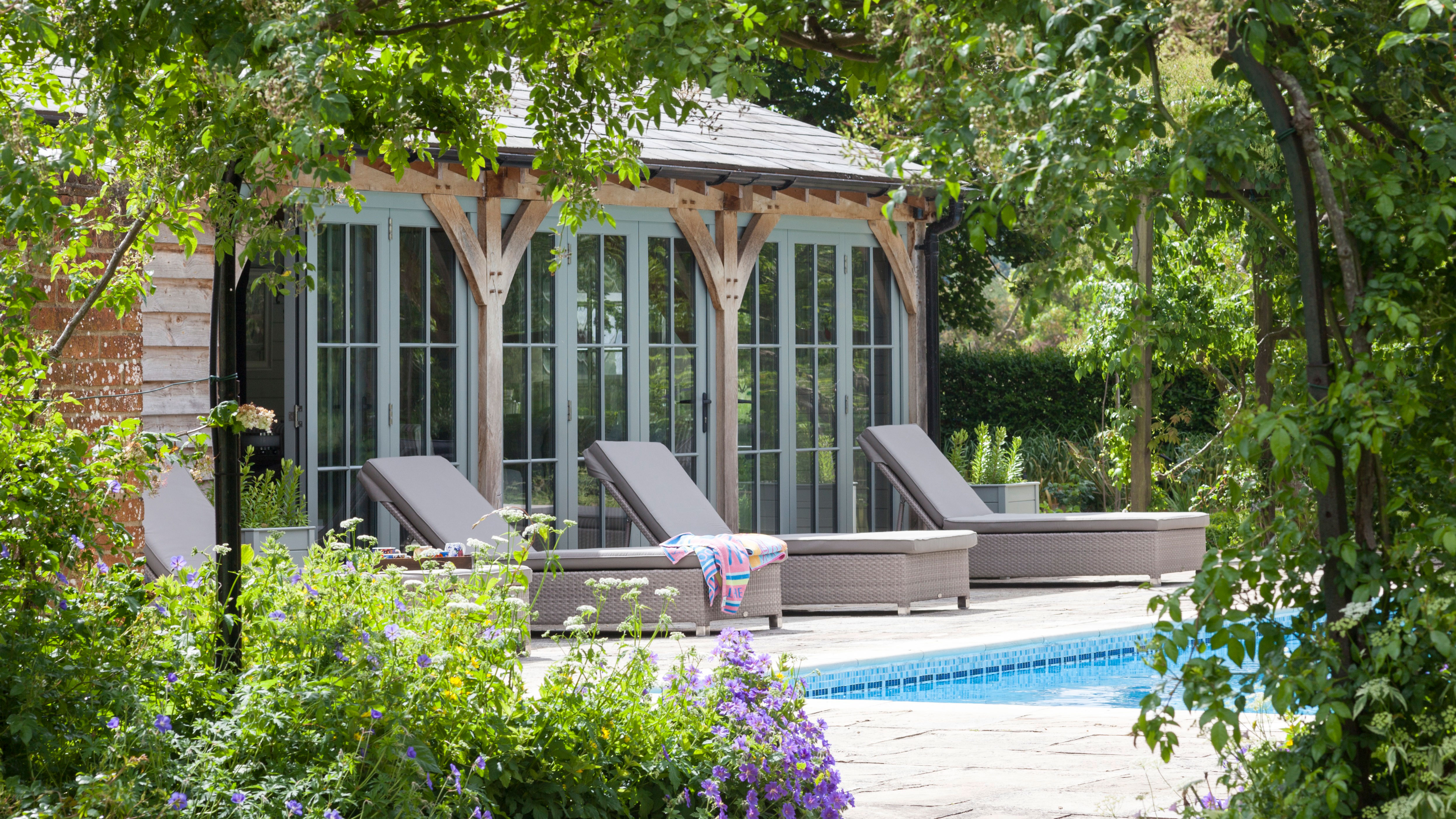 Lidl's brand-new garden lounge chair is so good they've had to limit it to only 2 per a customer – it is low in stock, so you'll need to act fast
Lidl's brand-new garden lounge chair is so good they've had to limit it to only 2 per a customer – it is low in stock, so you'll need to act fastHampton's style is hiding in the Lidl aisles thanks to this budget-friendly recliner
By Jennifer Ebert
-
 Small yard but want to grow your own crops? This wooden cold frame is 40% off at Wayfair – and it's perfect for tiny patios and apartments
Small yard but want to grow your own crops? This wooden cold frame is 40% off at Wayfair – and it's perfect for tiny patios and apartmentsCold frames are a sensible investment for any gardeners struggling for space on balconies, backyards or patios
By Thomas Rutter
-
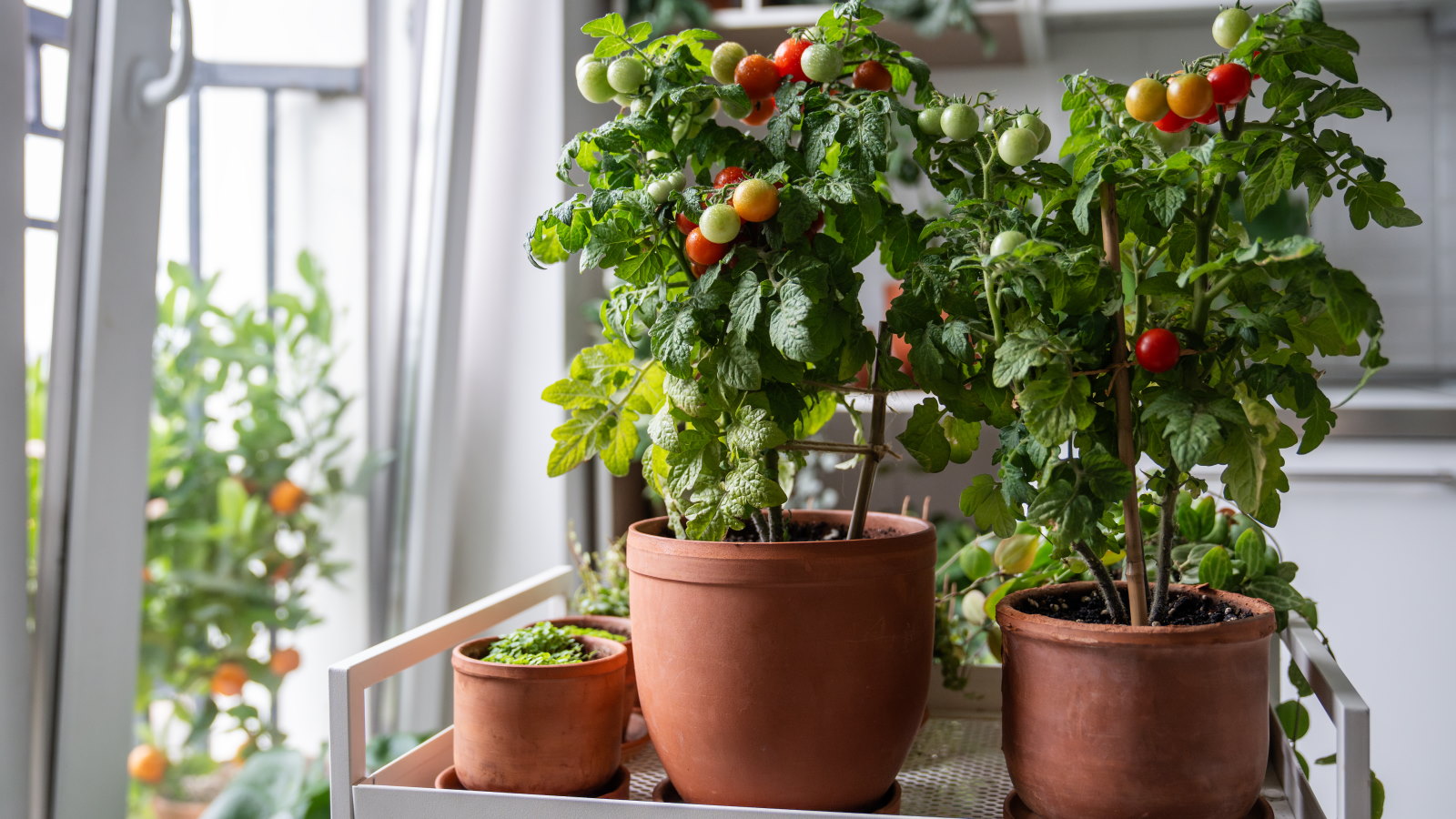 7 of the best tomatoes for growing in pots – expert growers pick their top varieties ideal for large harvests from containers
7 of the best tomatoes for growing in pots – expert growers pick their top varieties ideal for large harvests from containersYou can enjoy bumper homegrown harvests in small spaces
By Drew Swainston
-
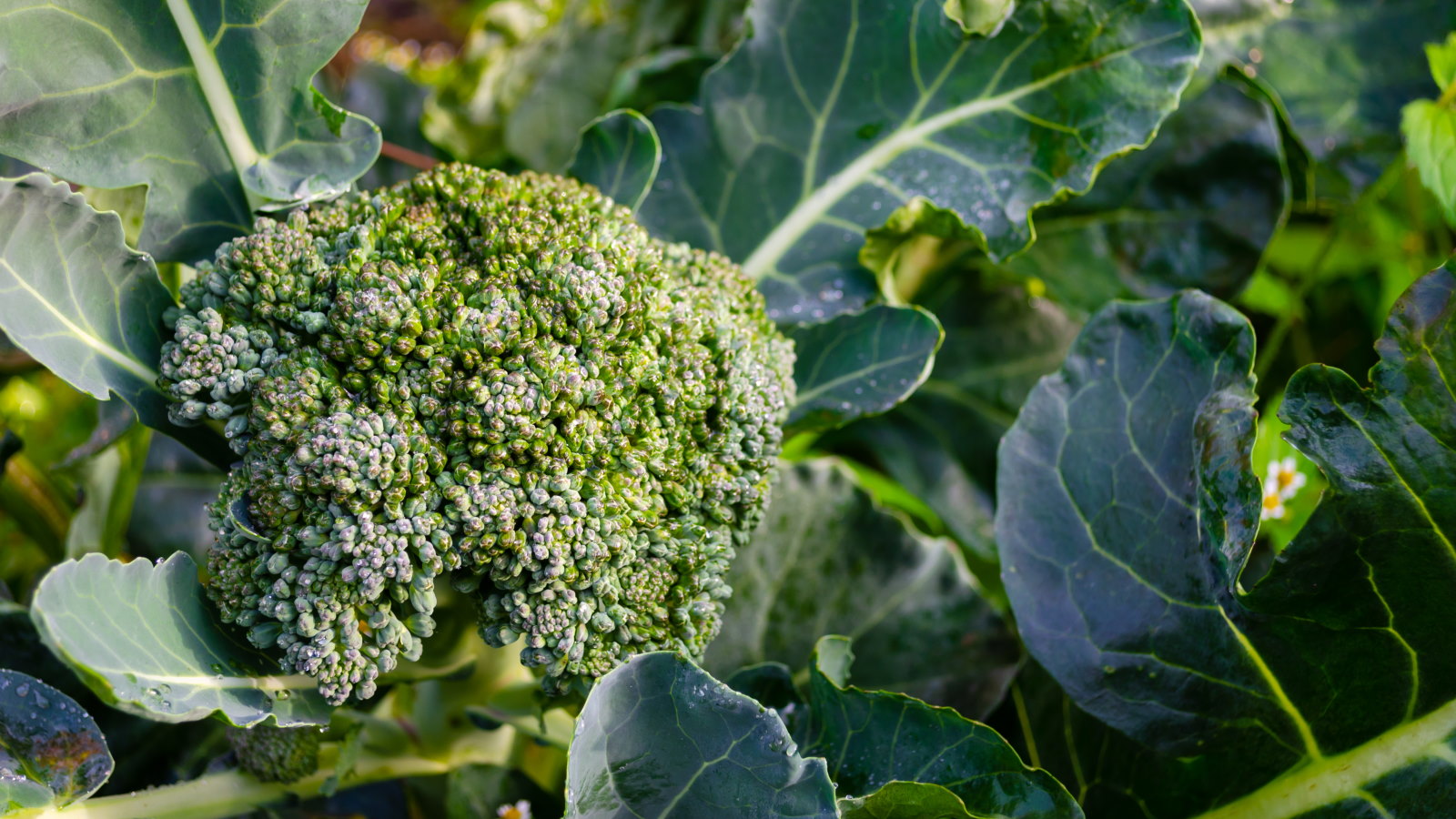 These 5 plants can help you get the best, and potentially tastiest, broccoli ever – discover what to plant with broccoli, and what to avoid
These 5 plants can help you get the best, and potentially tastiest, broccoli ever – discover what to plant with broccoli, and what to avoidOur selection of vegetables, herbs, and flowers is perfect for companion planting with broccoli
By Drew Swainston
-
 How to grow cabbages in containers – expert tips for top harvests in small urban spaces
How to grow cabbages in containers – expert tips for top harvests in small urban spacesYou can grow lots of different cabbages in pots, troughs, grow bags, or buckets
By Drew Swainston
-
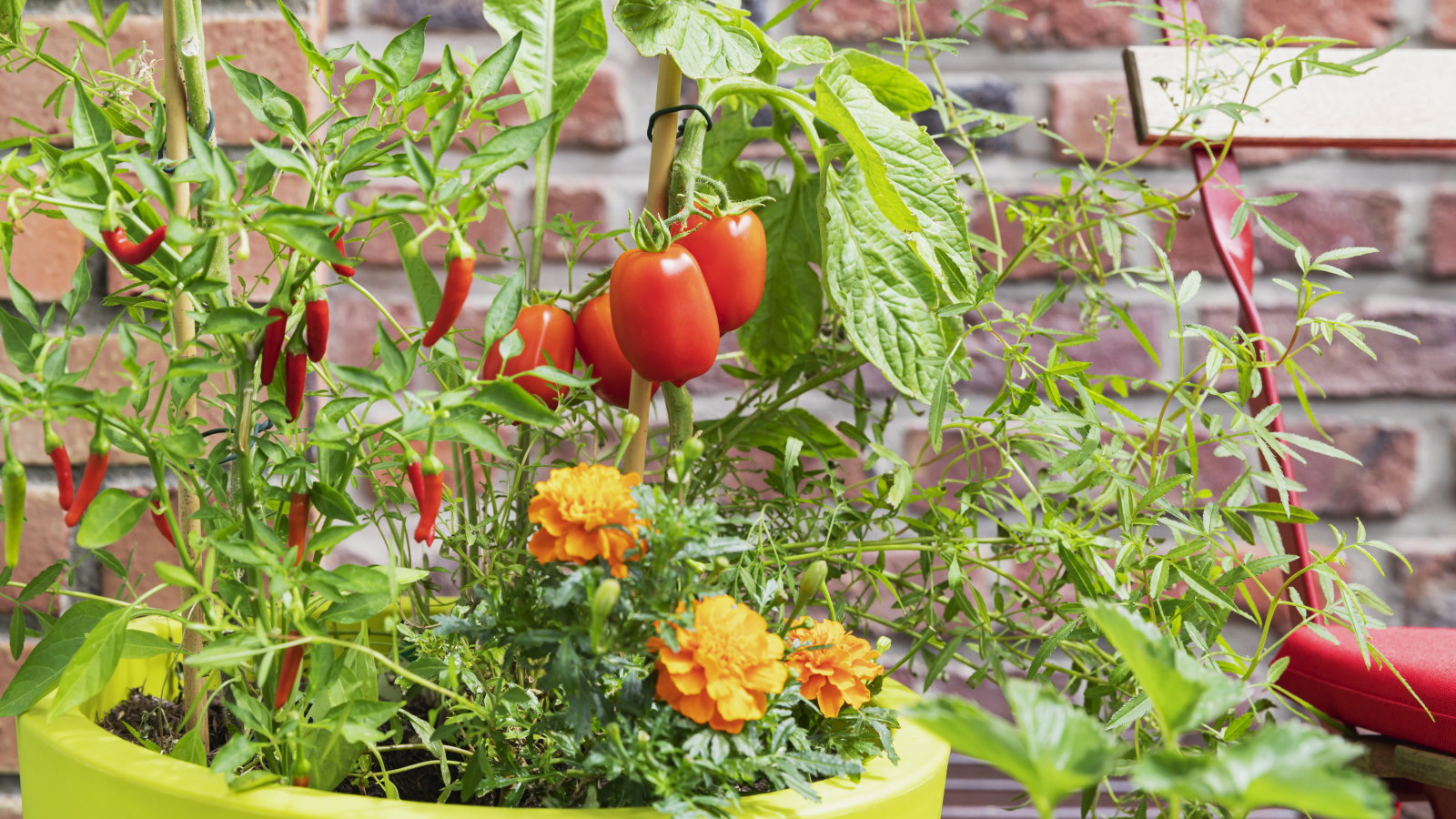 You'll get the best homegrown tomato crops if you plant them next to this one flower – discover why these two are a dream combination
You'll get the best homegrown tomato crops if you plant them next to this one flower – discover why these two are a dream combinationYour tomato plants will be pest-free and covered in fruits
By Drew Swainston
-
 Direct sowing vs transplanting – our grow-your-own expert advises which is best, and shares 5 veggies you should always sow directly
Direct sowing vs transplanting – our grow-your-own expert advises which is best, and shares 5 veggies you should always sow directlyBoth approaches to sowing vegetables have pros and cons
By Drew Swainston
-
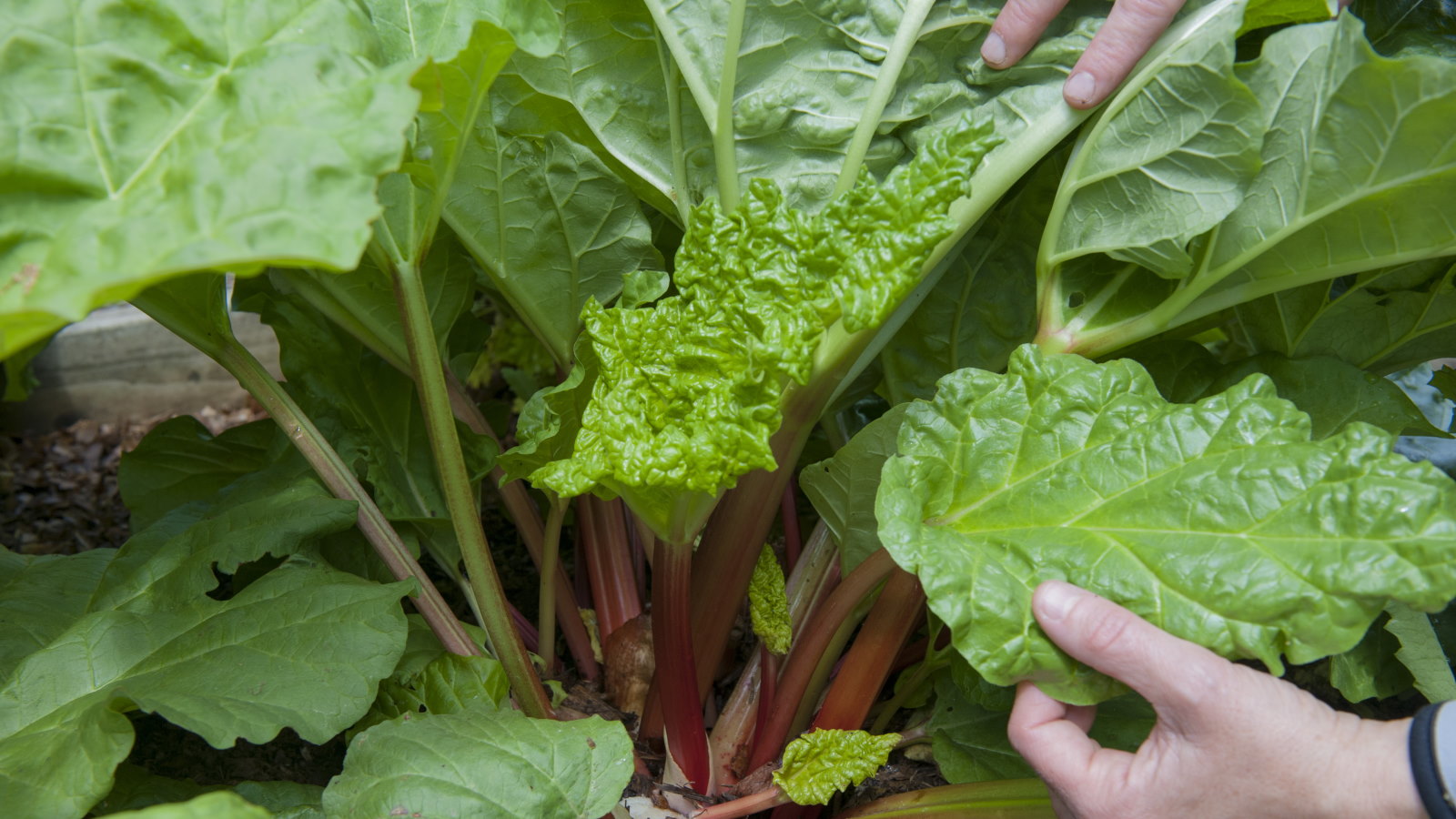 I grew rhubarb from seed for years – here’s exactly how to do it for guaranteed germination and healthy crops of fruit
I grew rhubarb from seed for years – here’s exactly how to do it for guaranteed germination and healthy crops of fruitGrowing rhubarb from seed is a cost-effective way to propagate plants, but it requires care and patience
By Drew Swainston
-
 4 reasons you should plant trees in a vegetable garden – plus experts reveal the secrets to help you reap the rewards
4 reasons you should plant trees in a vegetable garden – plus experts reveal the secrets to help you reap the rewardsSee how agroforestry principles can help boost your soil and harvests
By Drew Swainston